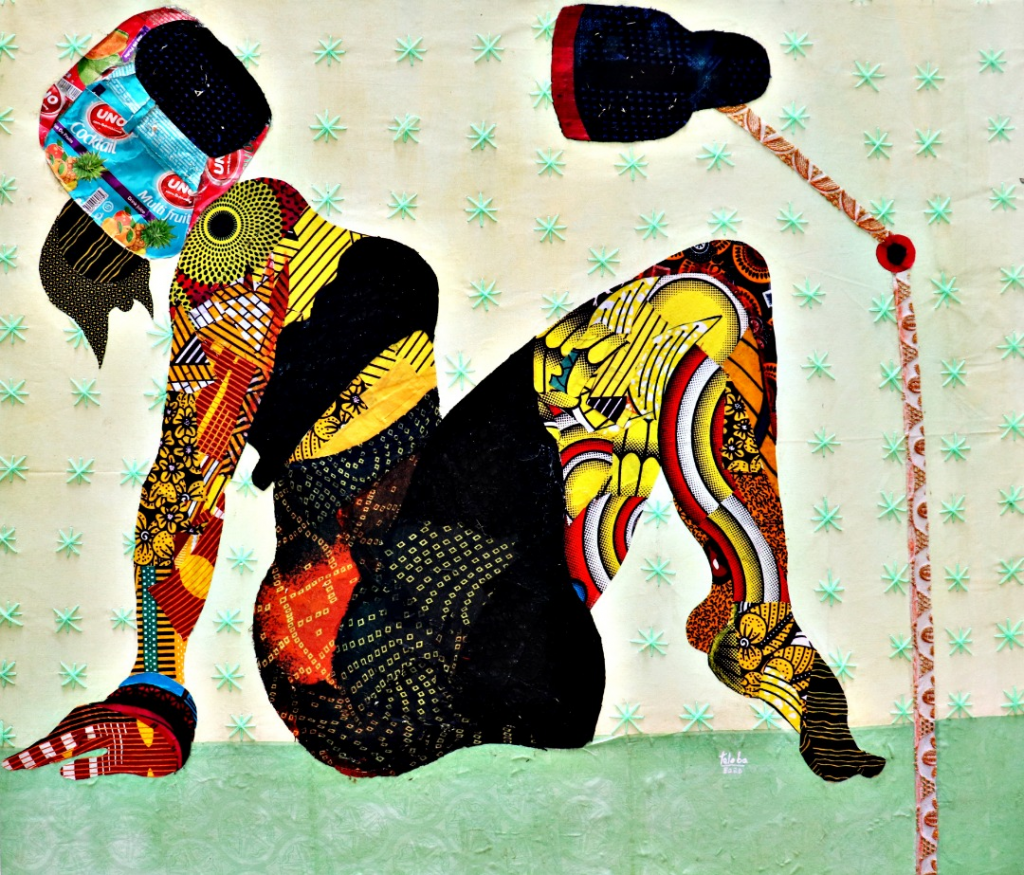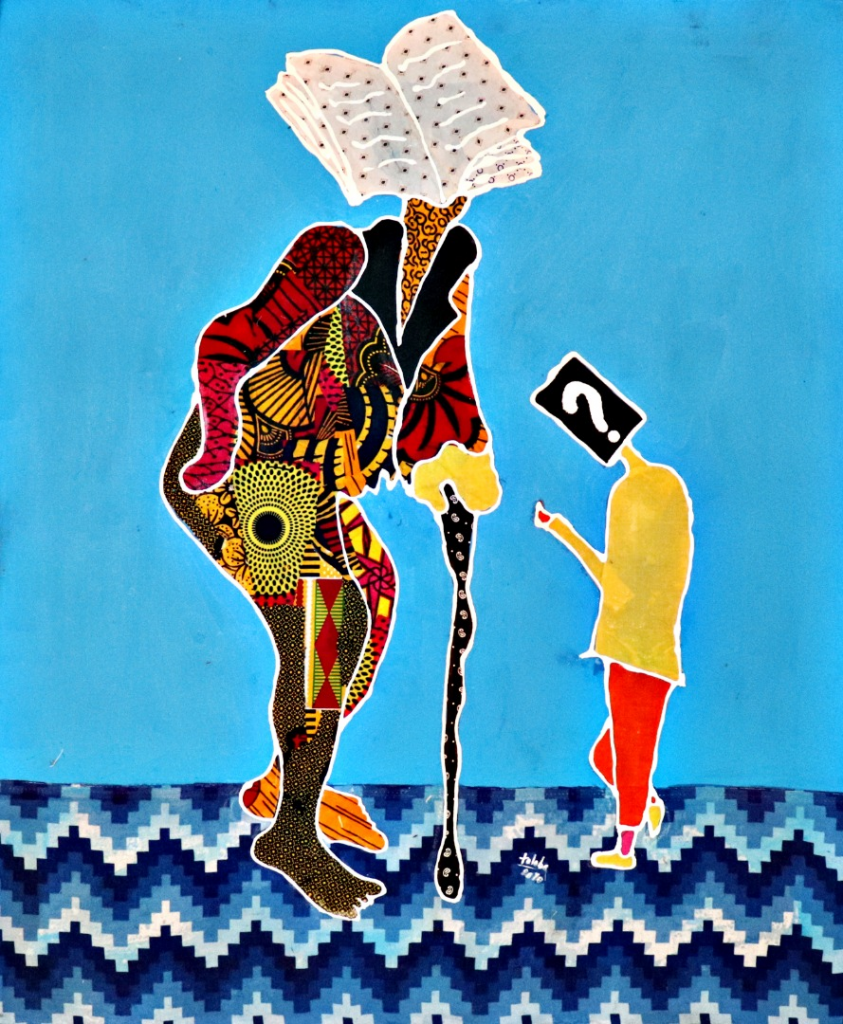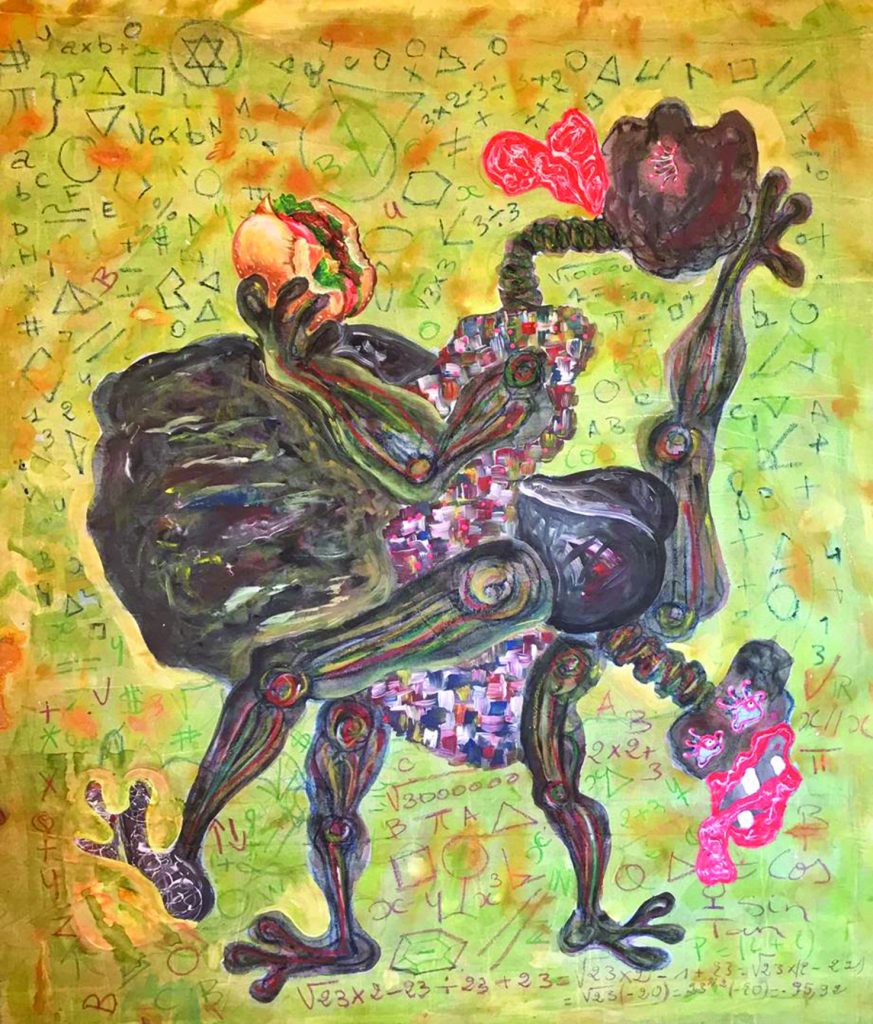Mali: Artist collectives
Artists making art together
After a long Western-centric focus in the history of art, a much awaited introduction to African art has taken place, thanks to artists like the now-deceased Malian photographer Malick Sidibé, who shed a new light on West Africa in the 1960s. It was one a potrayal that no longer associated the continent with colonialism, repression and brutality, working to change the existing global socio-political perception. Known as the ‘Eye of Bamako’, Malick Sidibé was the first African, as well as the first photographer to receive the Golden Lion for Lifetime Achievement in 2007, thanks to Fondation Cartier and André Magnin, who discovered him back in 1994 when “there weren’t any African art museums or galleries”, except in South Africa.

Photo: Dramane Toloba
When ContemporaryAnd spoke to the now-deceased artistic director of the Bamako Encounters in 2015, Bisi Silva mentioned the importance of Mali as a host country of this biennal “with its extremely rich material and visual culture as well as a fascinating history and legends – of Timbuktu, of the founder of the Malian Empire, Sundiata Keita (an African king who fought for the country), and of the Mansa Moussa and his trip to Mecca- going back thousands of years. Mali is famous for its griots, for its art of telling stories, of preserving the history of the country, of families, and of individuals through an oral tradition”. It was in 1994, a time when photography in this part of the world began gaining recognition, that the government of Mali and the Institut Français started the very first biennial photography exhibition, Bamako Encounters, which was originally named Rencontres Africaines de la Photographie. This biennal has seen the works of powerful African photographers like Zanele Muholi, William Kentridge, Samuel Fosso and Pieter Hugo throughout the years, bringing much international attention to the show with them. Similarly, the Ségou Art festival (Festival sur le Niger Ségou) also continues to give Malian artists an opportunity for greater exposure within the country.
Mali’s national museum – the Musée National du Mali, which has existed since 1953 – often hosts the Bamako Encounters, and although it is an archeological and anthropological museum, artists in Mali have used the Centre Soleil d’Afrique as a space for cultural exchange and artistic encounters since its inception in 1999. Art galleries in Mali include Galerie Medina and Bamako Art Gallery, but a great number of art spaces continue to open for the numerous art collectives to show their work. It is evident that Malian artists are accustomed to working collectively, sharing techniques from each other as well as collaborating when it comes to exhibitions. Working as collectives offers more opportunities, and in Bamako artist collectives include Tim ‘Art, Sanou ‘Art, Atelier M Collective, Badalian 1 and Anw-Ko Art.
The Institut National des Arts de Bamako (INA) was the home for national school for the arts from 1963. Since 2004, artists have been studying at the Conservatoire des Arts et Métiers Multimédia Balla Fesséké Kouyaté. Well known artists within the Malian art scene include Amadou Sanogo, Cheick Diallo and Abdoulaye Konaté, although many others have been enjoying recognition within the international African art scene. These include Daouda Traore, Dramane Diarra, Ibrahim Ballo, Harry Mensah, Dramane Toloba and Famakan Magassa; sculptors Amahiguere Dolo and Ibrahim Bemba Kebe; photographers Seydou Camara, John Kalapo and Marian Niare; Dramane Diarra, Habitatou Yaye Keita, Ange Dakouo, Toussaint Klémagha Dembélé and many more.
Whilst some Malian artists are represented by galleries in Europe, others are also represented by individuals known among many African artists who work with galleries in Europe – these include Rosalie Van Deursen of Urban Africans who represents Dramane Diarra and Daouda Traore, or Floreal Duran who represents Famakan Magassa, Harry Mensah and Dramane Toloba.
Recently, I spoke with Floreal Duran, who aims to open 5 Mondes Gallery in Bamako in 2021. I asked Floreal: “why Malian art?” and he was quick to respond that the Malian way of working is an exception in West Africa. Artists based in Mali work in groups and are related through the materials they use, including textiles, yarn and recovery materials; or through the freedom in the composition they each create and the practise of self-depreciation, and escape of academicism.
Unless the Al Qaeda add to further unrest within the country, events of which have been affecting tourism in Mali, or the implications of Covid-19 continue to hinder of events from taking place, we continue to look forward to visiting the 13th Bamako Encounters as well as the Ségou Art festival, which is set to be held between the 4th and 7th February of 2021. We also look forward to what 5 Mondes Gallery and the various Bamako collectives have to offer in this year ahead.











